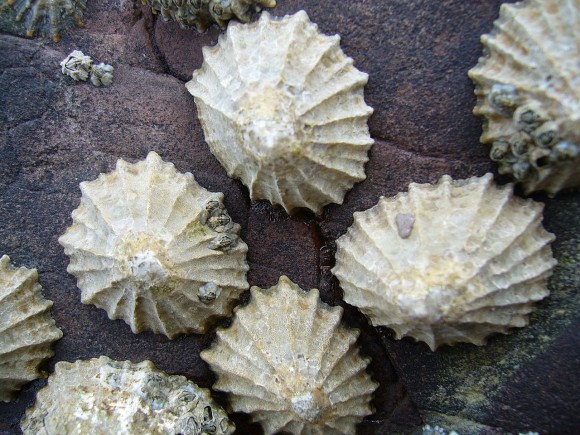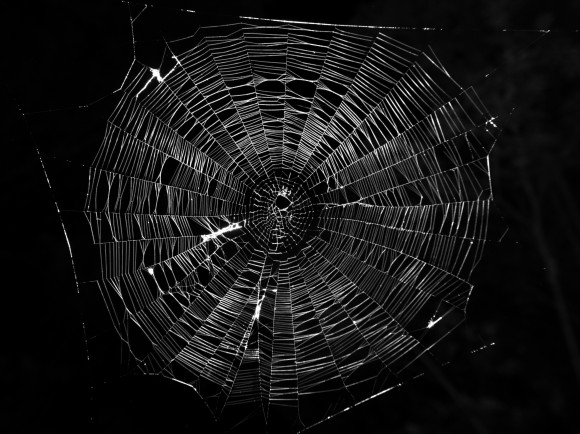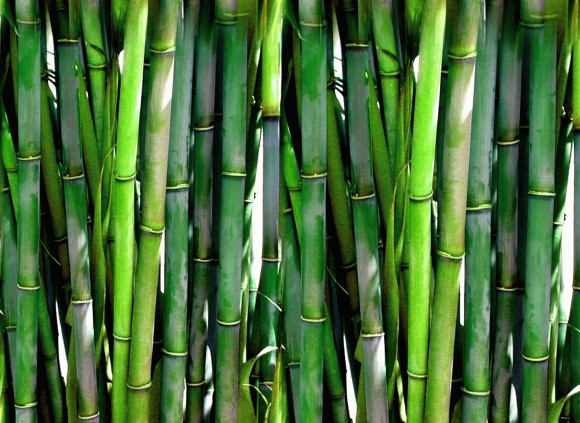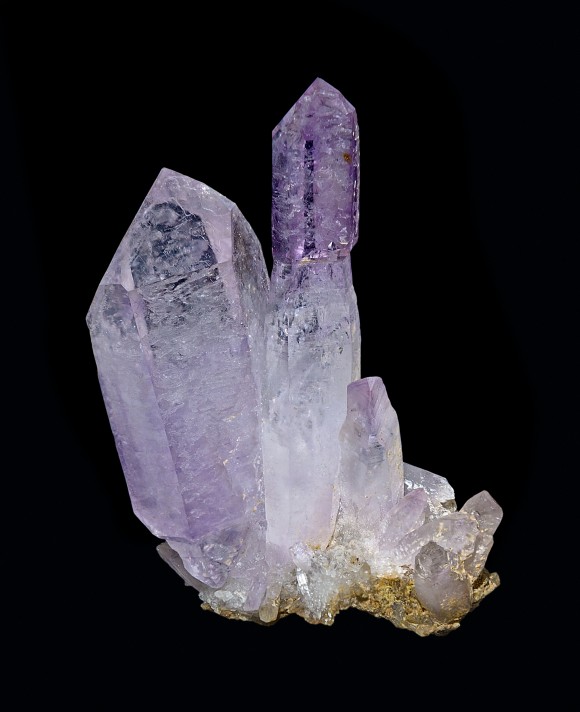The strongest materials known to man
There have been some exciting projects taking place here at Roman Blinds Direct, lately. One of them (top secret for the moment!) got us thinking about what the toughest materials in the world must be. Material and fabric is our life, after all; we have tons up on tons in stock to make our roman blinds, so why shouldn’t we wonder?
This curiosity led us to doing some digging, and we discovered some surprising facts.
When scientists are testing the strength of a material, their general practice is to use a sample of the fabric of a specific size and then attempt to pull it apart, using a device called a tensometer, which will create a force until the material finally breaks. This pressure is measured in gigapascals (GPa).
In February of this year, it was revealed that spiders’ silk – for years believed to be the strongest natural material in the world – was no longer king of the hill in the strength stakes, and the new kid in town comes from the most unlikely source. So without further ado, we give you the strongest materials on earth:
1. Limpet Teeth
Yes, that’s right, limpet teeth knocked spiders’ silk off the number one spot for strongest material in the world. Basically, limpets are smaller versions of sea snails, housed in equally pretty little cone shells. They have 1mm of teeth, which are a composite of nanostructures, with fractions of geothite nanofibres reinforcing them. With a GPa of 4.9, limpets teeth are officially the strongest biological material known to man. It is almost five times as strong as bamboo, with ten times the strength of human teeth – limpets would have no issue with pork scratchings!
It has even been thought that durable structures made from limpet teeth could be used for high-performance machines such as Formula 1 racing cars and aircraft.
2. Spider silk
Don’t worry, spiders, there’s still a place for your silk, even if you’re not technically number one, anymore. It is little wonder that spiders silk was believed to be the strongest material in the world for so long; its strength is on a par with high-grade alloy steel.
Whereas limpets teeth measure 4.9 GPa’s, spider’s silk still manages to clock in at an impressive 4 GPa.
3. Bamboo
Shooting in at third place is the old bamboo. Bamboo is, without a doubt, one of the most important natural materials in the world. It is used for all manner of purposes; musical instruments, weaponry, medicine, textiles and even food.
If bamboo is going to be made into weapons, in particular wooden staffs, then you can bet it must be made from the right stuff; this tough old shoot has a GPa of 1.
4. Minerals
The toughness of a mineral lies within its ability to not be fractured. It is unbelievably resistant to cracking or chipping, even when put under mechanical stress. Diamond is the hardest mineral there is, however it can be chipped and fractured relatively easily, unlike boron or titanium. Nonetheless, the toughest mineral clocks in at more than respectable 0.8 on the GPa scale. Wurtzite boron nitride, which is similar in structure and appearance to a diamond, is the strongest mineral known to man.






Comments